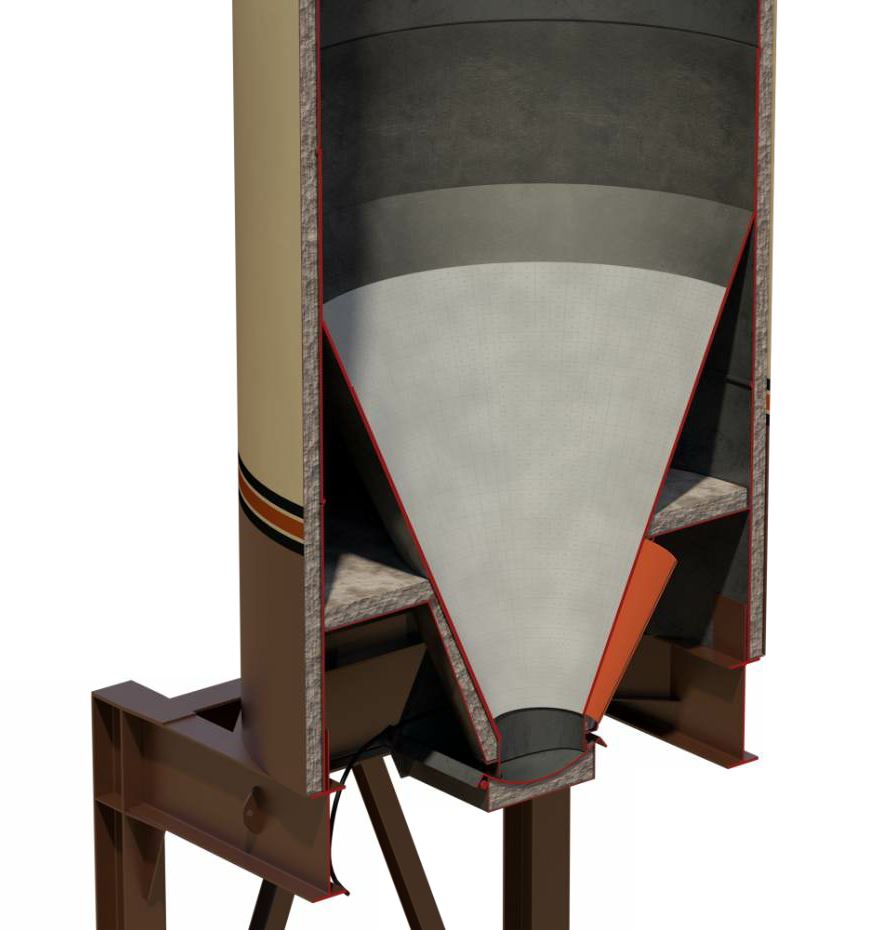Solve Oxidation in the Silo
BY Sandy Lender

Air ages liquid asphalt cement (AC) just as surely as ultraviolet light does. This is why material stored in the asphalt silo requires as much forethought and care as the material traveling to the jobsite.
Here’s how you can solve oxidation in the silo.

Some Storage Problems:
• An older or damaged asphalt storage silo can let air leak in and heat leak out.
• Extremely hot material contributes to condensation within the silo.
• Partially filled silos allow inches—or feet—of air above the material to age binder.

Original equipment manufacturers (OEMs) have engineered part of the solution to your problems. For example, both Astec Industries Inc., Chattanooga, and Gencor Industries, Orlando, offer systems that seal off points that would let air seep in. The new generation asphalt storage silo from Astec, illustrated here, features a reservoir that fills with oil, essentially sealing the base. At the top of the silo, reservoirs fill with grease to effect the same control. Watch a quick video of the system in action below.
Engineering isn’t the only tool you have. Best practices come into play as well. Gencor’s Dennis Hunt reminded plant operators to resist the urge to crank up the heat for storing mix overnight—or longer. “If you make the mix too hot, the temperature makes the asphalt harden,” he said. Here’s how that happens: The higher temperature not only ages the binder, but also causes oxygen-laden air to rise within the silo, oxidizing the asphalt as it travels upward. He recommended the plant operator focus not on adding heat, but on maintaining heat in the silo with a well-filled silo that doesn’t leave room for air at the top. Dry and heat the mix properly, fill the silo properly, and you’ll have best success.
“The key to storage is mix that does not have retained moisture and is produced at the proper temperature,” Hunt said.
